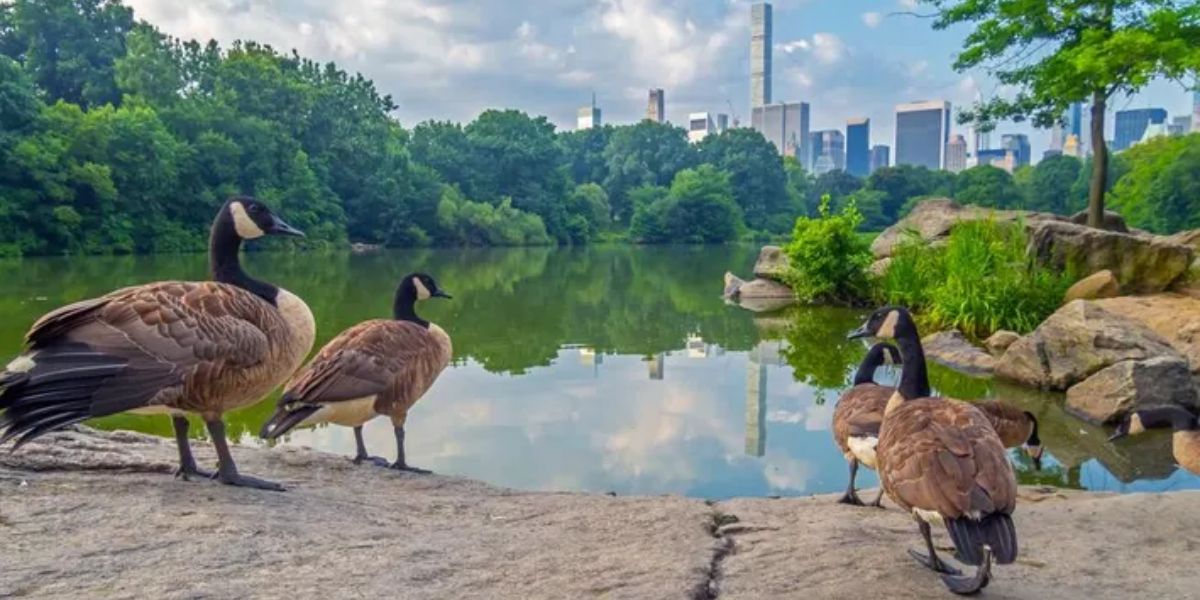CCG – The highly dangerous H5N1 avian influenza is carried by a tiny percentage of wild birds in New York City, per a recent study published in the Journal of Virology, a publication of the American Society for Microbiology. The study emphasizes how human-animal interactions can result in zoonotic diseases or even pandemics and how these interactions can occur in urban areas as well as rural areas and commercial chicken farms.
According to study co-author Christine Marizzi, PhD, director of community science at BioBus in Harlem, New York City, and principal investigator of the New York City Virus Hunters (NYCVH) Program, “to my knowledge, this is the first large-scale U.S. study of avian influenza in an urban area, and the first with active community involvement.”
“The identification of influenza and other avian viruses that are circulating in the New York City region, as well as the knowledge of which ones pose a threat to humans and other birds, depends heavily on birds.” Additionally, additional eyes must be on the ground, which is why community involvement is so important.
The study is the result of a collaboration between BioBus, the Wild Bird Fund, and the Icahn School of Medicine at Mount Sinai to monitor wild birds. Local high school students participate in the program as paid interns working under the guidance of experts in the fields of research and communication. In urban parks and green areas, the students gather bird-dropping samples while donning the proper safety gear.

Local animal rehabilitation facilities like the Wild Bird Fund and Animal Care Centers of New York provide more samples of wild urban birds for the study. Next, in the Krammer laboratory at the Icahn School of Medicine at Mount Sinai, students assist in checking all samples for viruses.
SEE MORE – FWC Cracks Down on Human Smuggling Ring in Florida Keys
During January 2022 and November 2023, the NYCVH gathered and evaluated 1927 samples for the study. By detecting the H5N1 signal in 6 city birds representing 4 different species, the study was able to identify the outbreak. The fact that all of the positive samples originated from urban wildlife rehabilitation facilities highlights the vital role that these facilities can play in virus surveillance.
The samples were found to be slightly different and to belong to two different genotypes, which are both a mix of local North American avian influenza viruses and Eurasian H5N1 2.3.4.4.b clade virus, by comparing their genetic makeup to other available H5N1 viruses in a public database. During their amazing trip, migratory wild birds frequently make stops in New York City.
It’s crucial to note that the discovery of H5N1 in urban birds does not necessarily mean that a pandemic of human influenza is about to begin. As far as we know, H5N1 has been present in New York City for almost two years, but no human cases have been documented, according to Marizzi.
According to Marizzi, their outreach is to teach people about the H5N1 virus in urban birds and provide them with protective measures to take. “It’s sage to remain vigilant and avoid wildlife.” Marizzi added, “This also entails keeping your pets away from close encounters with wildlife. Whenever handling sick or injured birds or other animals, it’s crucial to follow safe handling procedures if one has to deal with wildlife.




